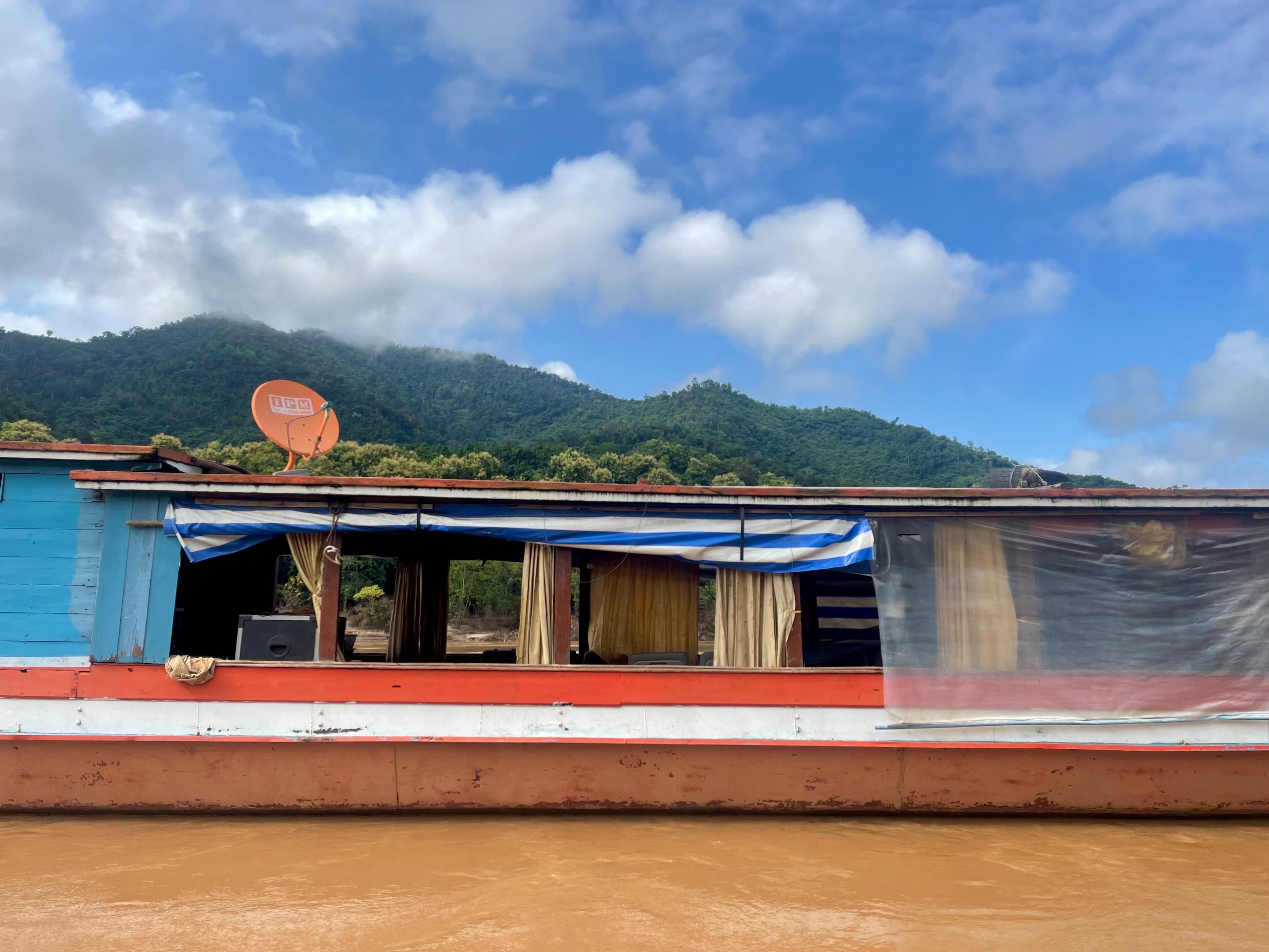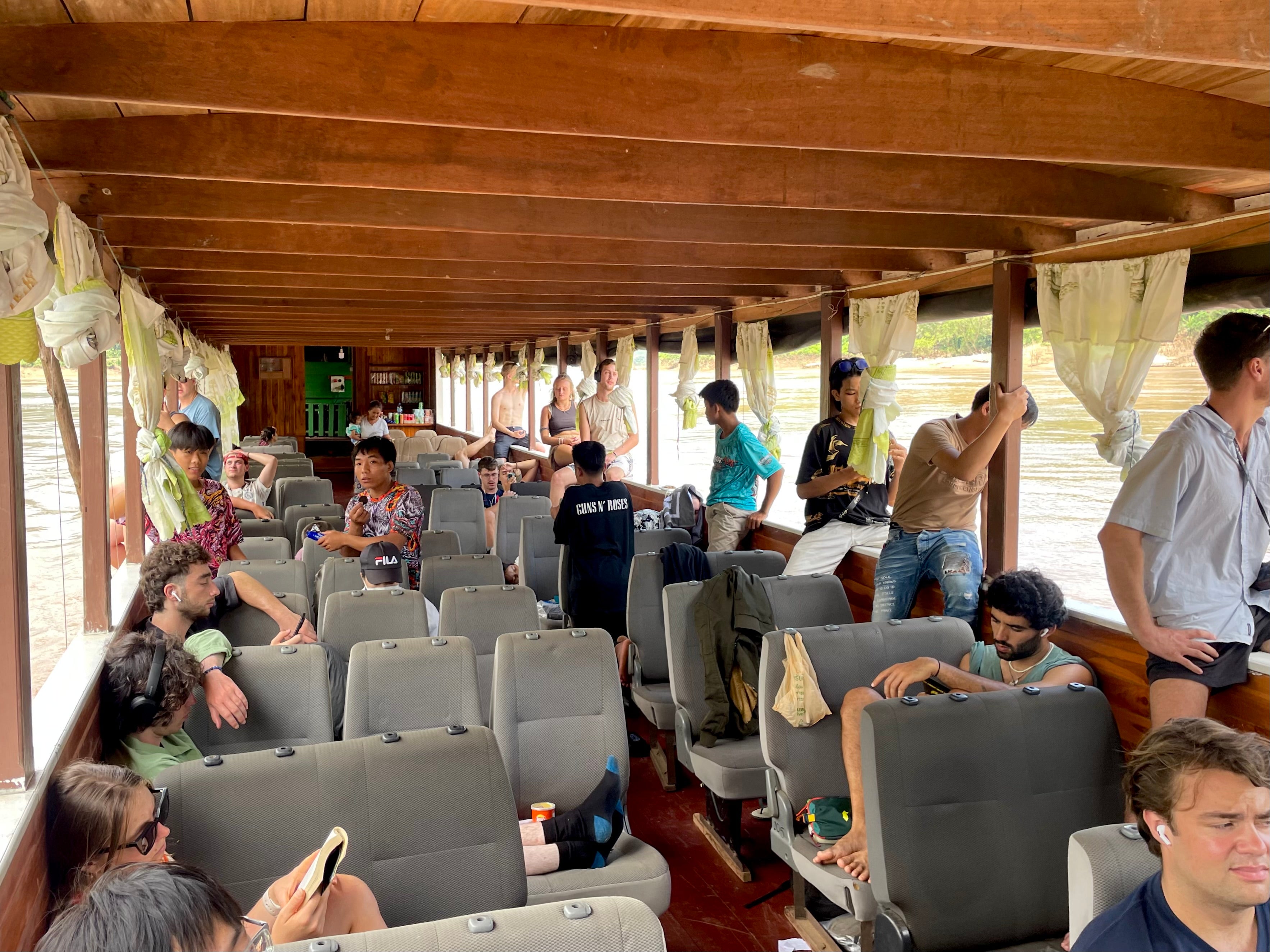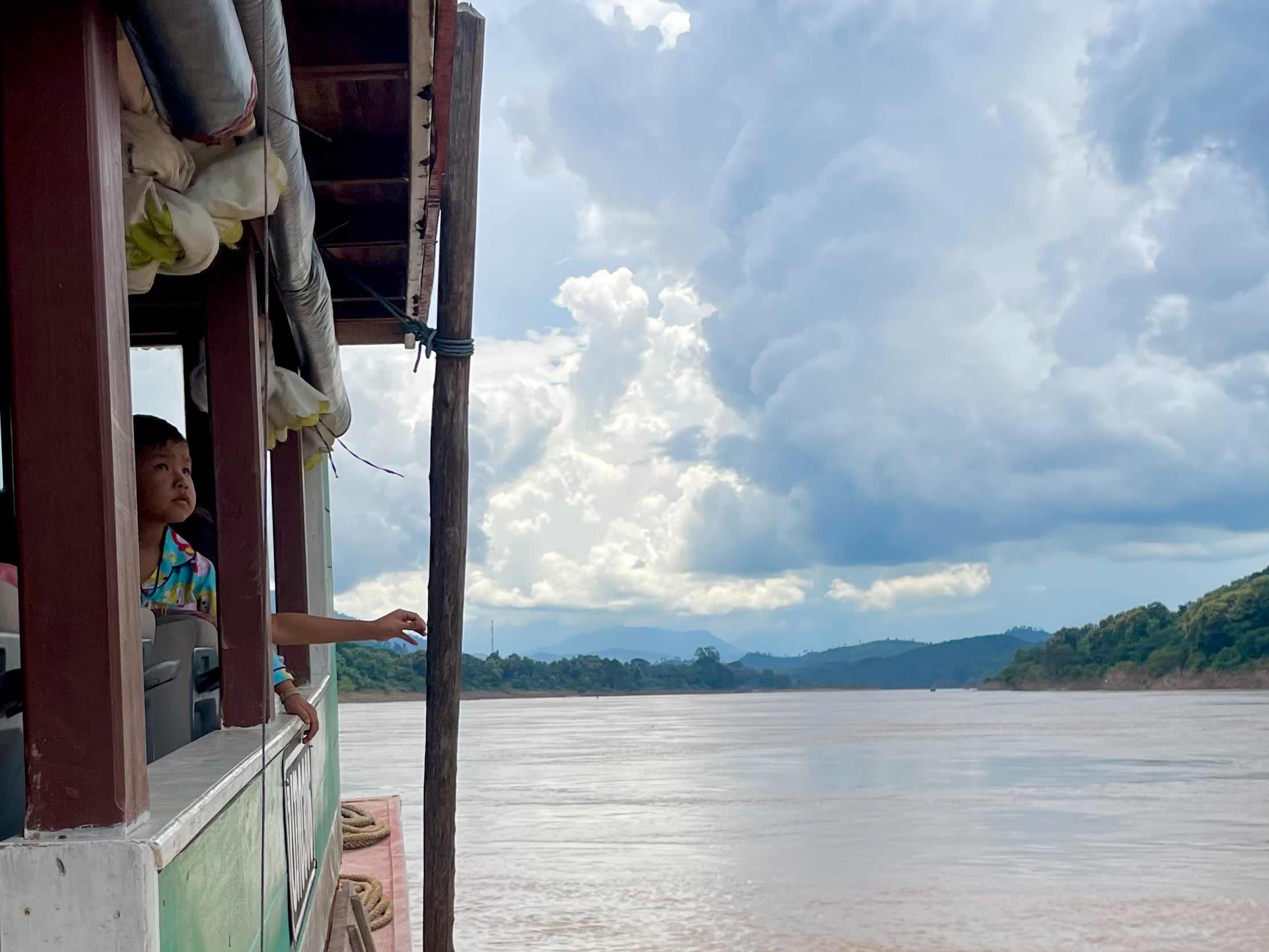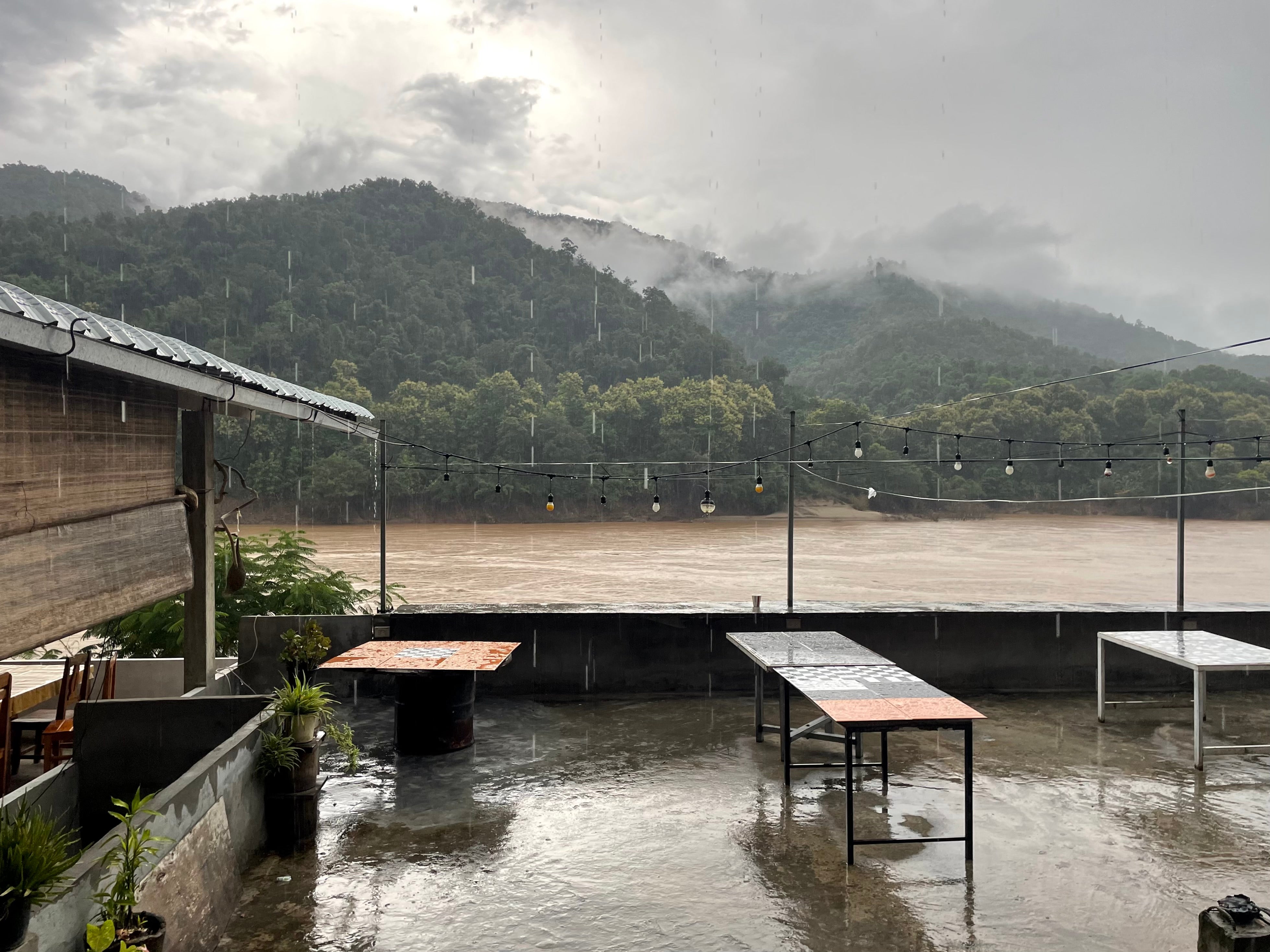This website uses cookies so that we can provide you with the best user experience possible. Cookie information is stored in your browser and performs functions such as recognising you when you return to our website and helping our team to understand which sections of the website you find most interesting and useful.
Your support helps us to tell the story
From reproductive rights to climate change to Big Tech, The Independent is on the ground when the story is developing. Whether it's investigating the financials of Elon Musk's pro-Trump PAC or producing our latest documentary, 'The A Word', which shines a light on the American women fighting for reproductive rights, we know how important it is to parse out the facts from the messaging.
At such a critical moment in US history, we need reporters on the ground. Your donation allows us to keep sending journalists to speak to both sides of the story.
The Independent is trusted by Americans across the entire political spectrum. And unlike many other quality news outlets, we choose not to lock Americans out of our reporting and analysis with paywalls. We believe quality journalism should be available to everyone, paid for by those who can afford it.
Your support makes all the difference.
Cracking open bottles of ice-cold Beerlao, we gaze across the Mekong River, eyes peeled for elusive elephants amidst the oil-green cliffs and stormy jungle before the sky, heavy with rain, turns inky black.
I’m with a crew of backpackers, stopping overnight in the small town of Pakbeng on a two-day boat trip from Thailand into central Laos. While the elephants evade us, multiple sightings of water buffalo that we mistake for the world’s largest land mammal, prove thrilling enough after several drinks.
A few decades ago, this journey wouldn’t have been possible. Caught up in America’s war on Vietnam (Laos is the most bombed country in the world), the communist government shut its borders until 1989. While its neighbours Thailand and Vietnam have flourished as tourism hotspots, landlocked Laos slipped under the radar. But tourism is climbing: in the first eight months of 2024, Laos welcomed 2.6 million foreign tourists, a 19 per cent hike from the same period in 2023.
Crossing from Thailand into Laos is popular on the backpacker “banana pancake route”. Flights from Chiang Mai cost a reasonable $100 (£81) if booked months in advance. But for disorganised travellers like me, who tend to leave planning until the last minute, fares can stretch to $400.

Instead, I opt to take a slow boat, which travels from the Laotion border town of Huay Xai to the former royal capital of Luang Prabang, after crossing the border by bus. While it’s quicker to do the whole journey by bus, I’m put off by stories of Laos’s sketchy roads. A slow boat means a more leisurely pace after months on the road – as well as saving precious pennies.
After a night in Huay Xai, I head to the port and catch my first sight of the Mekong, southeast Asia’s greatest river, which also hurtles through China, Myanmar, Cambodia and Vietnam. On the filthy, furious rapids bobs a thin flat-bottomed boat, which is now a water taxi after a former life as a cargo vessel. I climb into its dark-red interior alongside several handfuls of passengers, some of who have conquered the border dash from Thailand that same morning, brave souls.
It is a far cry from what travel writer Donald Gilliland described as “dungeon-like conditions” in 2001, with no food, seats or room to “lie down, stretch or do aerobics”. Food consists of a nutritious trinity (beer, pot noodles, Oreos) peddled at inflated prices – and if lying down across rows of seats resembles lying down in my dad’s old Volkswagen Golf, it’s because the seating is actually composed of used car seats sans the headrest.

And aerobics? I can’t say I tried it. The main action on board is when we scale out of the open windows to tan on the ledges. But sunlight is short-lived. It's the rainy season after all and just days before, Typhoon Yagi wreaked havoc in Vietnam. As the sky sheds sheets of rain, staff rush to unleash doily-esque curtains, snuffing out any natural light.
Read more: Why you should visit Thailand during the off-season
In the wet season, water levels can rise to 12 metres due to increased rainfall and the melting of snow in distant Tibet. In contrast, the dry season can see them drop by half a metre. The landscape also changes dramatically, but it’s hard to picture the barren woodland and smoke of dry season when I look out to wet, dark forests, rich with a million shades of green. When the sun comes out again, it’s like they’ve been doused in paint.
Our boat makes several stops at a number of riverside villages, meaning that when we arrive at Pakbeng at 5pm, the passenger split is about 50:50 between tourists and locals. We all scramble up the bank and I hoist up my backpack to avoid it reaching a muddy end. I’m transported to the unassuming bare-bones building that is my hostel by tuk-tuk, where I experience my first foray into Laotian cuisine. Larb, the national dish, is spectacular. Balling sticky rice in my hand, I get stuck into the dry, spiced mincemeat laced with fish sauce and lime juice – a welcome respite from my on-boat diet of Pringles.

There’s no phone service on the boat, and I’m finding the break from technology refreshing. So instead of scrolling through Instagram as night falls I turn to my sketch pad and draw Huay Xai – my introduction to the Kingdom of Laos.
Early the next morning, we stumble, bleary-eyed, past the high street where the charred aroma of sausages seared over charcoal and sweet sliced mango fills the air. The following six hours pass in a dream-like haze. I begin to understand how French explorers like Henri Mouhot were hypnotised by the Mekong’s “excess of grandeur”. As the river surges forward with an almost muscular motion, I struggle to tear my eyes away from it. My head feels empty and clear, as if I’ve meditated for hours or finished a long run. It turns out that spending several days immersed in nature with no phone signal is the ultimate ticket to peak relaxation.

I’m broken from my trance as we pull into Luang Prabang. Jagged limestone cliffs encase the Unesco world heritage site, where more than 30 Theravada Buddhist wats glimmer amidst quaint French-Indochinese architecture. Here you can buy mulberry paper, batik designs, acrylics and hemp cloth handmade by the Hmong and Katu peoples, or visit the Pak Ou Caves, filled with 4,000 golden Buddhas. But the must-see sight is that of the monks who take to the town before sunrise for their daily alms rounds, with their saffron robes washing through the streets like a tongue of fire.
Read more: Spending time in Thailand’s ancient mangroves could be the path to peace
According to legend, the Buddha smiled upon visiting Luang Prabang, prophesying its bright future. As I drink rice wine by the harbour, I watch the sun dissolve in the water as canoes oar into the Mekong and think not of its future, but its past and the doors it unlocks to understanding Khong, Mother of Waters.
Getting there
Take a local bus from Chiang Rai, Thailand, to the Chiang Khong Friendship Bridge, and pass through immigration, with a $35 visa fee for British nationals. From here, a shuttle bus will take you to the Huay Xai border where you can catch a tuk-tuk into town.
The slow boat to Luang Prabang can be booked from any hostel. I paid 430,000 Laotian kip (£15.50) – and you can also pay in Thai baht. Make sure to buy water and snacks for the journey, which aren’t included. You can book a travel package which sorts out the journey at tourist stalls in Chiang Rai, Chiang Mai or Pai – but it’s pretty straightforward to figure out yourself.
Where to stay
Get acquainted with your fellow slow boat passengers at Little Hostel in Huay Xai, which costs £8 per night.
In Pakbeng, head to Mekong Backpackers or Dorm Riverside for a clean, affordable stay for around £10 and £19 a night respectively. There are also private rooms at Villa Mekong 2 Guesthouse for around double the price. Accommodation is not included in the slow boat ticket price. In low season, you can book on the day, but in high season, it’s best to book in advance.
Read more: Luxury holidays in Thailand are cheaper than you ever imagined



 Africana55 Radio
Africana55 Radio 
